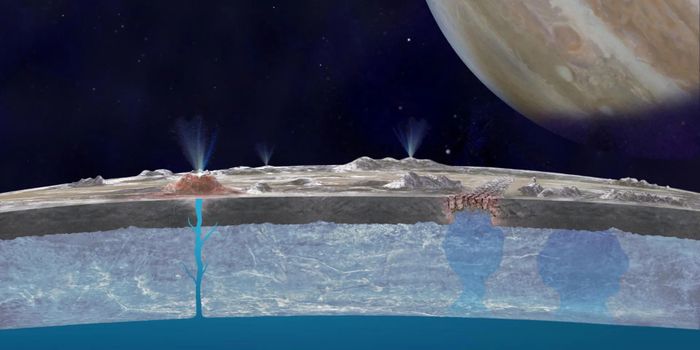Small Town in Japan Aims to be Zero-Waste by 2020
Since 2003, the small town of Kamikatsu in western Japan has been on a mission to become “zero-waste.” In 2000, the city was left with only one trash incinerator when the others could no longer meet emissions standards. The remaining incinerator could not process the amount of waste that the town was producing and purchasing a new incinerator for the town was not an option due to the high cost.
Rather than ship waste to another town to process, the residents of Kamikatsu developed a recycling program that currently features 45 separate categories. Traditional recycling categories such as paper and aluminum exist, but Kamikatsu also has categories for items like pillows and toothbrushes.
Town official Midori Suga told Agence France-Presse (AFP), “We thought, ‘If we can’t burn waste in the town, then let’s recycle.’ It’s cheaper to recycle waste than burn it.”
There is no trash collection for the town of 1,500 residents. Residents sort their waste and transport it to the local waste facility themselves. They must wash and dry items such as plastic bags and bottles. If an item contains several materials that can be recycled, they must disassemble the object into separate categories to be recycled. Many residents use compost bins for food waste.
As of 2017, 80% of the town’s waste was recycled. The national average for Japan is 20%. Kamikatsu hopes to be “zero-waste” by 2020, meaning that nothing will be sent to incinerators or landfills.
Suga told AFP that she believes the town will struggle to meet their goal unless overall consumption is reduced. She said, “We shouldn’t just focus on how to dispose of trash. We need to come up with policies that prevent the production of waste.”
According to the manager of the waste center, plastic is the majority of waste brought there. Although Japan produces less waste per person as a nation, it generates more plastic waste than any other country except the United States. The Japanese government has proposed to reduce the nation’s plastic production by 2030; however, not all types of plastic packaging is covered in the plan.
Source: AFP








